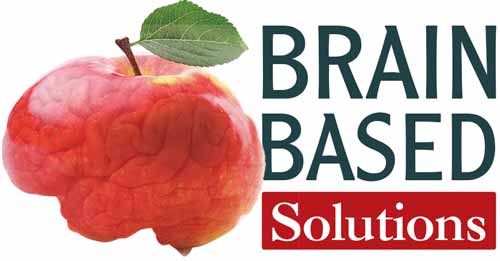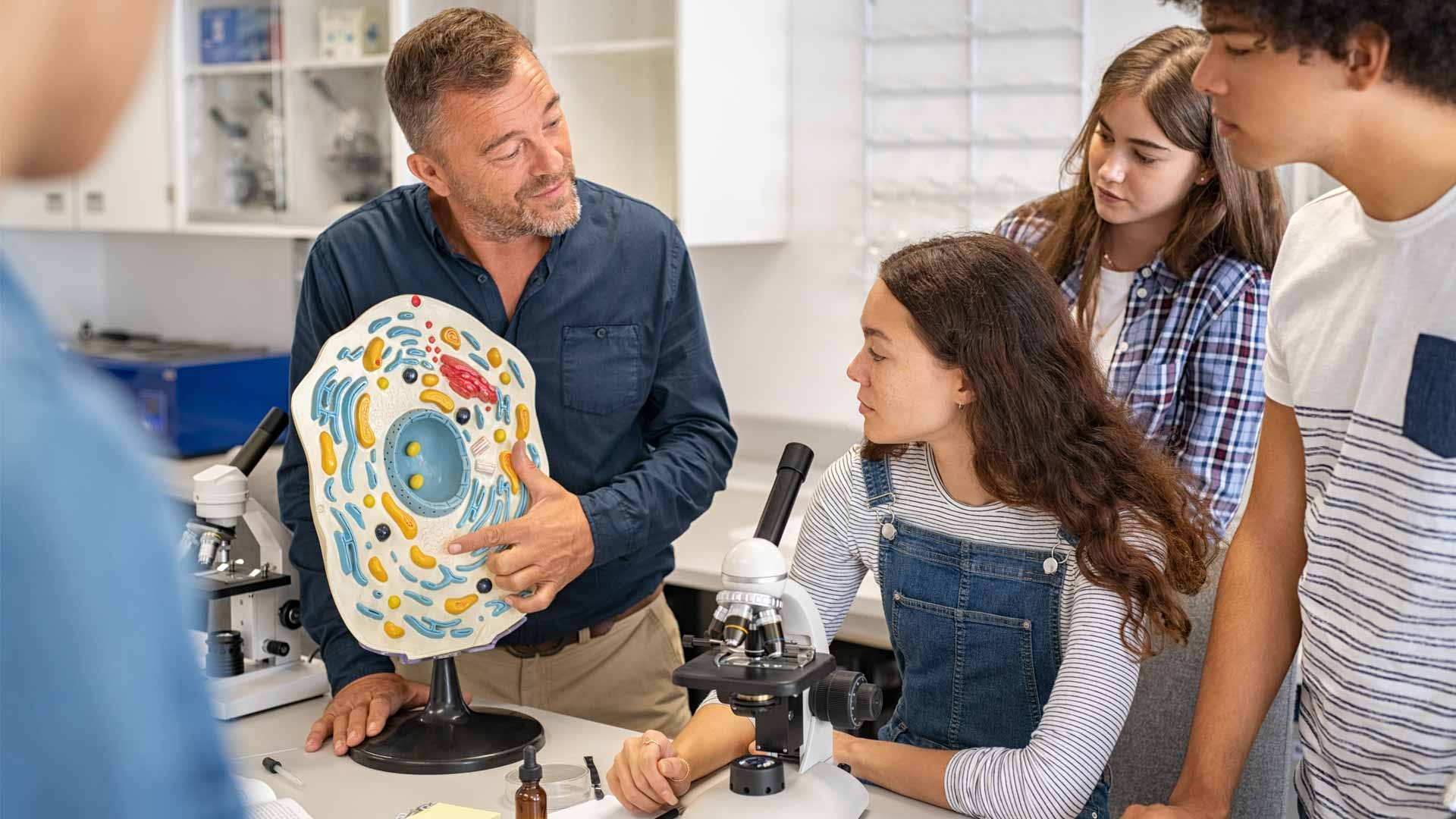If you’re a teacher who wants to engage your classroom and create a better future for every student, you need to understand 3 key concepts about a cognitivist’s approach to teaching. Read on to find out what they are!
1. The Cognitive Revolution is here.
Behaviorism might have served us well in the last century. But with a deeper understanding of how the brain really works, it’s time for a revolution.
Behaviorism uses the reward-punishment system as the basis of learning. Yet all behavior has a biological basis. Why would we label a child’s natural output as ‘bad’ or ‘good’ based on a poorly-informed understanding of the human brain’s reactive capacity?
Unfortunately, this model is based on a very rudimentary understanding of the brain that doesn’t take any other factors into account (like personality, emotional state, nutrition, and more).
Unlike behaviorism, cognitivism is all about neural connections. Instead of viewing the brain as a simple device focused on rewards or punishments, cognitivism sees the brain as a powerful, complex learning system with limitless potential.
When teachers view behavior as mere communication, we co-create learning spaces that support myelinated neural circuitry that are essential building blocks for learning.
2. School shouldn’t “suck” for any child.
Every child has a brain. Every brain is unique. Thus, each child has 100 billion neurons – give or take. Each neuron has 10,000 connections – more or less. That means that every child has trillions upon trillions of unique potential.
Now, consider the vast amounts of potential that is left on the table in schools everywhere when teachers do not understand how the human brain works, or don’t teach in a way that makes learning engaging for children. This is why so many children decide that they don’t like school. For them, school is boring; boring is the same as stress, and yes… it “sucks!”
It’s not that these children don’t like learning. Every child’s brain is hungry to learn. The problem lies in an education system that only supports certain types of learners in certain environments. Together, we can change that!
3. If it’s not fun, we’re doing it wrong.
In learning spaces energized with oxytocin, there is no room for cortisol. That means a reduced risk of stress, outbursts, and aggressive behaviors. Dopamine, norepinephrine, and serotonin also accompany skill acquisition and focus, while everyone accomplishes fun associations.
As teachers, we need to understand that the purpose of education is to integrate our triune brains (survival, emotional, and rational) through fun experiences and cognitive rehearsal. This helps our students develop healthier connections to the content, curricula, and motivation they need to thrive as life-long learners.
And the keyword here is fun. Learning does not mean compliance. The 5 activities you’ll learn here are not the usual ‘tried and true’ attempts to bring children into compliance. Our more effective (and fun) practices focus on the ideas that:
- Behavior is communication.
- Neurotransmitters solve any learning situation.
- Every child has an incredible brain that is hardwired to learn.
Want to energize and engage your classroom with learning that’s fun? Learn more tips and tricks for teachers with our guide, 5 Brain-Based Activities to Instantly Re-Engage a Disruptive Student!

